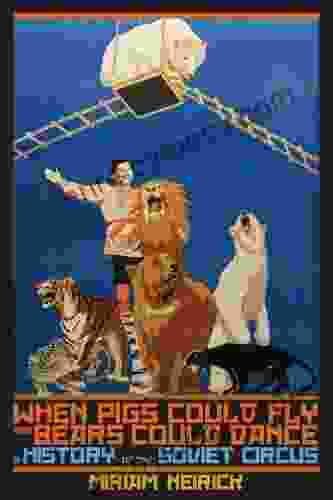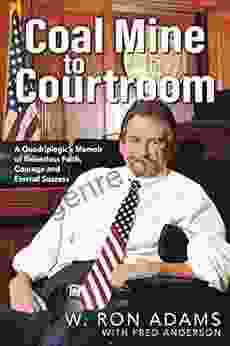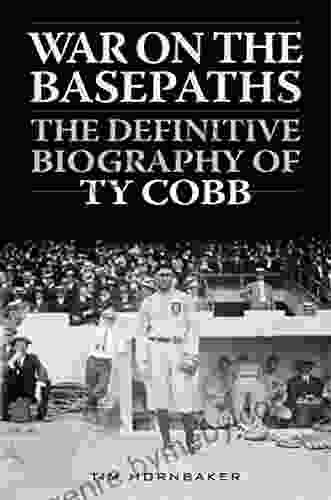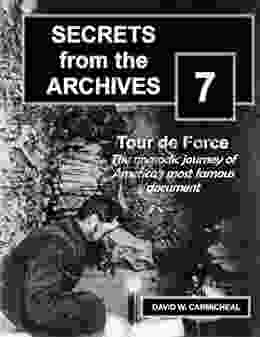Unveiling the Kaleidoscopic World of the Soviet Circus: A Journey Through Time and Spectacle

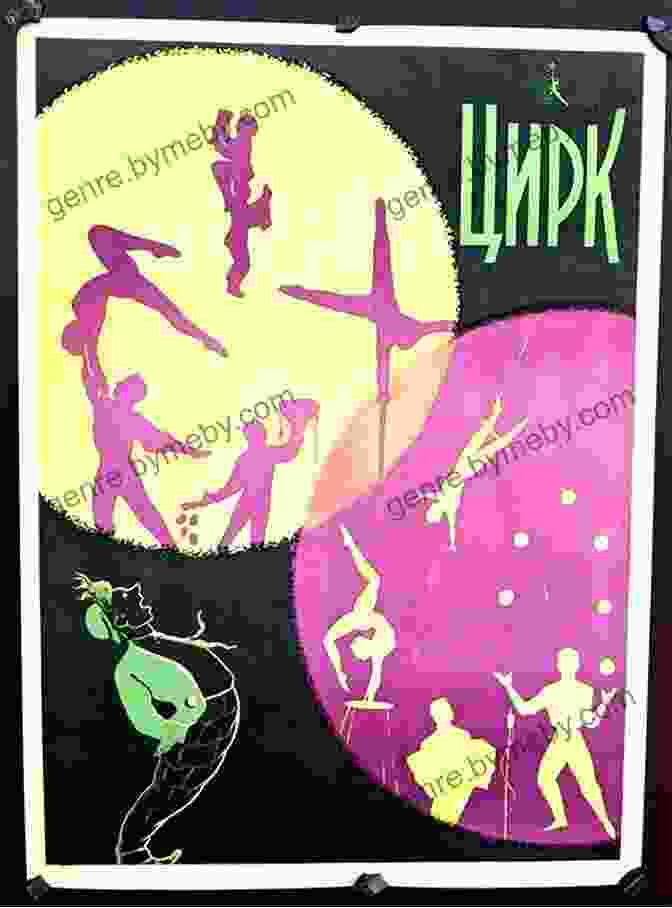
The Enchanting Origins of Circus in the Soviet Union
The circus, a captivating form of entertainment that has enthralled audiences for centuries, found its unique niche in the Soviet Union, evolving into a potent cultural force that captivated the hearts and imaginations of Soviet citizens. Its roots can be traced back to the late 19th century, when traveling circuses visited cities across the vast Russian Empire. However, it was after the 1917 Bolshevik Revolution that the circus truly flourished, becoming a symbol of the new Soviet culture.
4.2 out of 5
| Language | : | English |
| File size | : | 2169 KB |
| Text-to-Speech | : | Enabled |
| Screen Reader | : | Supported |
| Enhanced typesetting | : | Enabled |
| Print length | : | 232 pages |
In the early days of Soviet rule, the circus was seen as an ideal medium for spreading the ideals of socialism and educating the masses. Circus performances incorporated elements of physical prowess, artistic expression, and political satire, reflecting the revolutionary spirit of the time. State-supported circus schools were established, training performers in a wide range of disciplines, from acrobatics to animal training.
The Golden Age of Soviet Circus
The 1930s and 1940s marked the golden age of Soviet circus. The government provided generous funding, enabling circuses to acquire state-of-the-art equipment, expand their touring schedules, and attract top-notch performers. Moscow's Great Circus on Vernadsky Avenue became the iconic centerpiece of the Soviet circus, hosting legendary acts that pushed the boundaries of human and animal capabilities.
Soviet circus performers became international superstars, renowned for their extraordinary skills and daring stunts. The flying trapeze artists of the Volzhanin Troupe defied gravity with their breathtaking aerial performances, while the animal trainers of the Durov family amazed audiences with their ability to communicate with exotic animals.
Beyond its entertainment value, the Soviet circus also played a significant role in promoting social and cultural integration. It provided opportunities for performers from diverse backgrounds to work together, fostering a sense of unity and shared purpose.
Circus in the Post-War Era
After World War II, the Soviet circus continued to flourish, albeit in a different context. With the Cold War looming, circuses became a potent tool for showcasing Soviet cultural achievements. They toured internationally, spreading a message of peace and friendship while highlighting the technical and artistic virtuosity of the Soviet Union.
In the 1960s and 1970s, Soviet circus underwent a period of artistic experimentation. New forms of circus acts emerged, blending traditional elements with modern technology and contemporary artistic trends. The Magomayev Brothers, for example, revolutionized juggling with their innovative use of lasers and reflective surfaces.
The Circus in Transition
The 1991 collapse of the Soviet Union brought about significant changes for the circus. With the loss of state funding, many circuses were forced to adapt to new economic realities. Some closed their doors, while others sought alternative sources of revenue, such as corporate sponsorships and international touring.
Despite the challenges, the Russian circus tradition continues to thrive, albeit in a different form. Modern Russian circuses incorporate elements of contemporary circus arts, such as street performance, physical theater, and aerial dance. They continue to push the boundaries of circus entertainment, captivating audiences with their creativity and innovation.
The Legacy of the Soviet Circus
The Soviet circus has left an indelible mark on the world of entertainment. Its performers have inspired countless generations of circus enthusiasts, and its traditions continue to influence circus acts around the globe. The Soviet circus has also been recognized for its cultural significance, with several acts being designated as UNESCO Intangible Cultural Heritage.
The "History of the Soviet Circus" is a captivating journey through the evolution of this unique and captivating art form. It showcases the extraordinary talents of Soviet circus performers, traces the development of new artistic styles, and explores the social and cultural context in which the Soviet circus flourished.
For those fascinated by the world of circus, history buffs, and anyone seeking to delve into the rich cultural heritage of the Soviet Union, this book is an indispensable read. Its pages unveil the enchanting story of the Soviet circus, a spectacle that continues to enchant and inspire audiences to this day.
4.2 out of 5
| Language | : | English |
| File size | : | 2169 KB |
| Text-to-Speech | : | Enabled |
| Screen Reader | : | Supported |
| Enhanced typesetting | : | Enabled |
| Print length | : | 232 pages |
Do you want to contribute by writing guest posts on this blog?
Please contact us and send us a resume of previous articles that you have written.
 Book
Book Novel
Novel Page
Page Chapter
Chapter Text
Text Story
Story Genre
Genre Reader
Reader Library
Library Paperback
Paperback E-book
E-book Magazine
Magazine Newspaper
Newspaper Paragraph
Paragraph Sentence
Sentence Bookmark
Bookmark Shelf
Shelf Glossary
Glossary Bibliography
Bibliography Foreword
Foreword Preface
Preface Synopsis
Synopsis Annotation
Annotation Footnote
Footnote Manuscript
Manuscript Scroll
Scroll Codex
Codex Tome
Tome Bestseller
Bestseller Classics
Classics Library card
Library card Narrative
Narrative Biography
Biography Autobiography
Autobiography Memoir
Memoir Reference
Reference Encyclopedia
Encyclopedia Lisa Ann Scott
Lisa Ann Scott Michael Patrick Macdonald
Michael Patrick Macdonald Frankie Taylor
Frankie Taylor Rick Riordan
Rick Riordan Sue L Hamilton
Sue L Hamilton Michael Inden
Michael Inden Roger Ebert
Roger Ebert Norm Foster
Norm Foster John Trent
John Trent Maggie Rowe
Maggie Rowe Lila Quintero Weaver
Lila Quintero Weaver Mitt Romney
Mitt Romney Mark Dennis
Mark Dennis Peter F Hamilton
Peter F Hamilton Scott P Sells
Scott P Sells Rachel Felder
Rachel Felder Maddy Mara
Maddy Mara Mark Bishop
Mark Bishop Robert Caprio
Robert Caprio Merrie Destefano
Merrie Destefano
Light bulbAdvertise smarter! Our strategic ad space ensures maximum exposure. Reserve your spot today!

 Percy Bysshe ShelleyLiam Payne 125 Facts You Need To Know: Unveiling the One Direction...
Percy Bysshe ShelleyLiam Payne 125 Facts You Need To Know: Unveiling the One Direction...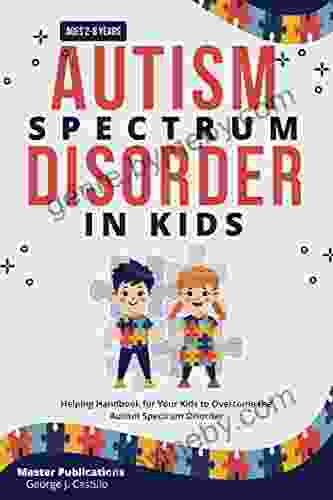
 Brian WestUnlocking the World Within: A Comprehensive Guide to Autism Spectrum Disorder...
Brian WestUnlocking the World Within: A Comprehensive Guide to Autism Spectrum Disorder... Patrick RothfussFollow ·14k
Patrick RothfussFollow ·14k Brody PowellFollow ·2.4k
Brody PowellFollow ·2.4k Finn CoxFollow ·17.2k
Finn CoxFollow ·17.2k Oliver FosterFollow ·14.7k
Oliver FosterFollow ·14.7k Clark CampbellFollow ·4.6k
Clark CampbellFollow ·4.6k Luke BlairFollow ·10.2k
Luke BlairFollow ·10.2k James JoyceFollow ·3k
James JoyceFollow ·3k Sidney CoxFollow ·16.8k
Sidney CoxFollow ·16.8k

 Lee Simmons
Lee SimmonsUnveiling the Enchanting Emerald Isle: A Literary Journey...
A Tapestry of Breathtaking...
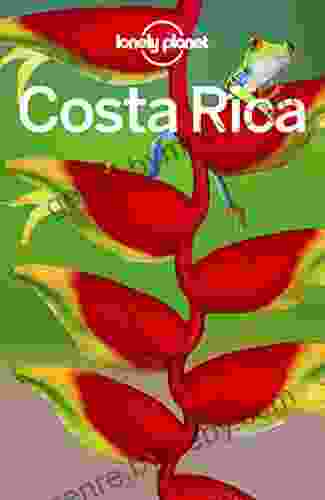
 Thomas Hardy
Thomas HardyUnveiling Costa Rica's Enchanting Essence with Lonely...
Embark on an Unforgettable Costa Rican...
 Bryan Gray
Bryan GrayLifting the Veil of Sorrow: A Beacon of Hope for Widowers
Embrace Healing and Find Solace in the...
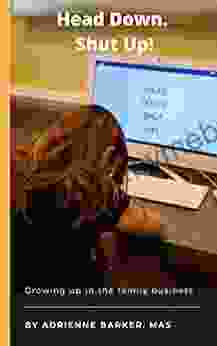
 John Updike
John UpdikeGrow Your Business and Legacy: An Inspiring Guide for...
Growing Up In The Family Business is an...
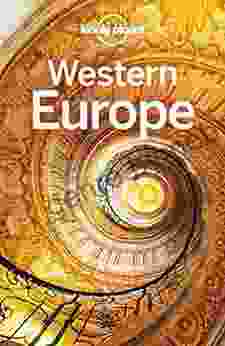
 Harrison Blair
Harrison BlairLonely Planet's Western Europe Travel Guide: Your...
Are you planning an unforgettable...
4.2 out of 5
| Language | : | English |
| File size | : | 2169 KB |
| Text-to-Speech | : | Enabled |
| Screen Reader | : | Supported |
| Enhanced typesetting | : | Enabled |
| Print length | : | 232 pages |


